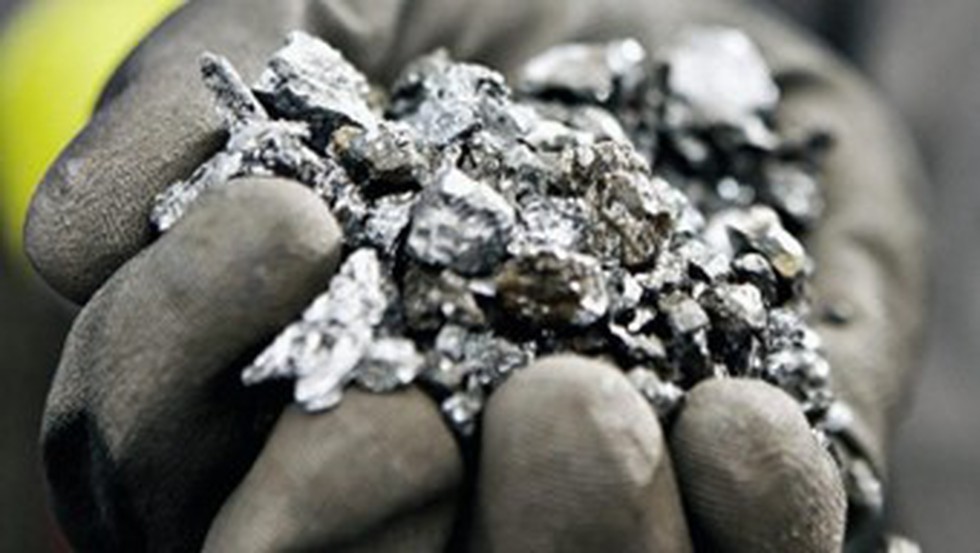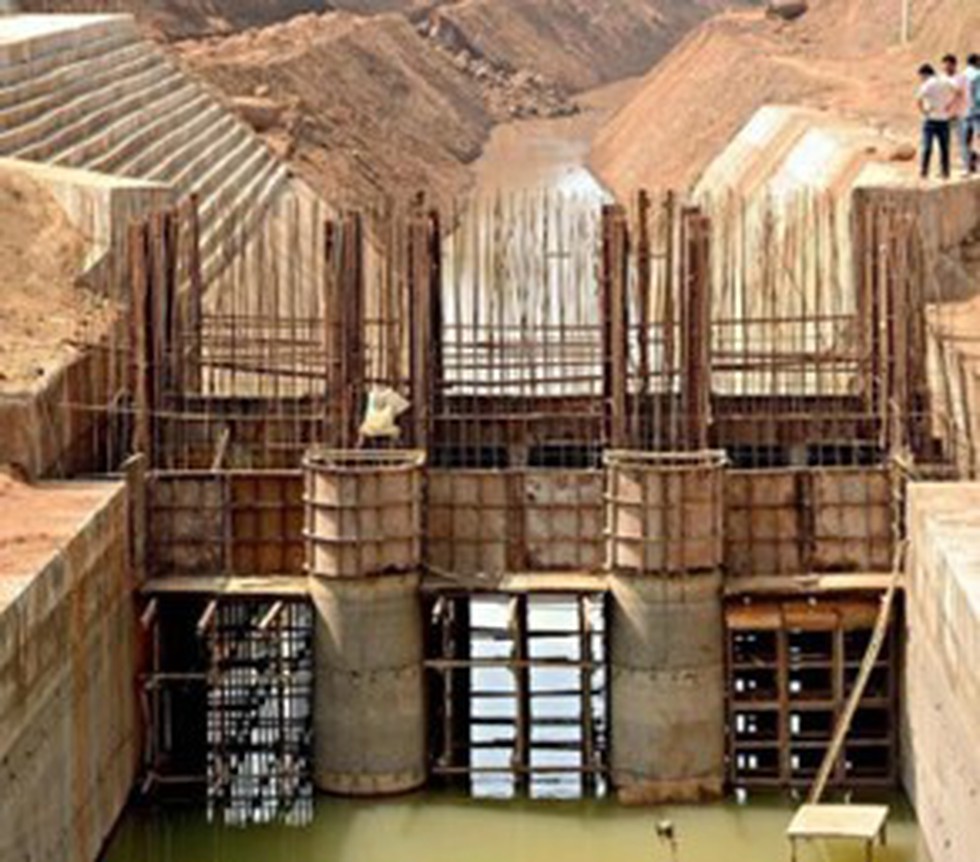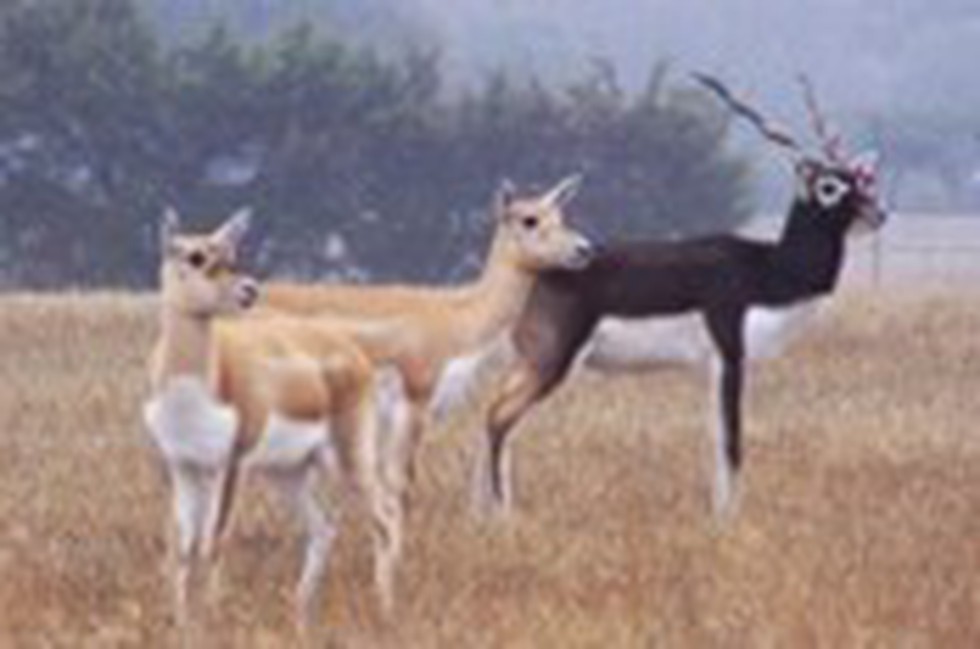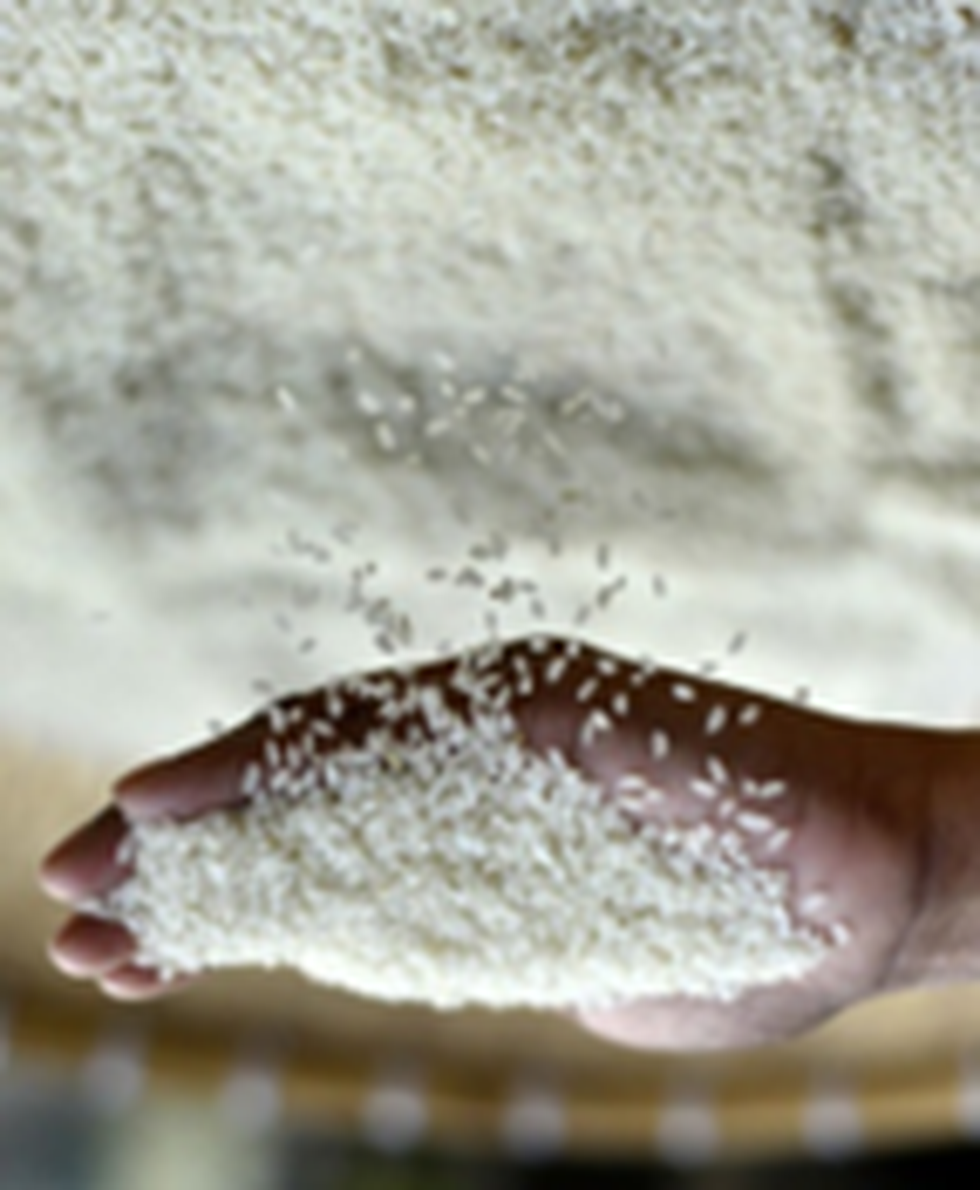
About Mineral Security Partnership:
- It is an ambitious new initiative to bolster critical mineral supply chains, announced by the United States (US) and key partner countries in June 2022.
- The goal of the alliance is to ensure that critical minerals are produced, processed, and recycled in a manner that supports the ability of countries to realise the full economic development benefit of their geological endowments.
- The focus of the grouping would be on the supply chains of minerals such as Cobalt, Nickel, Lithium and also the 17 “rare earth” minerals.
What is a critical mineral?
- There is no global definition of critical minerals, but essentially, they are mineral deposits with high economic vulnerability and high global supply chain risk.
What are major critical minerals?
- The major critical minerals are Graphite, Lithium and Cobalt.
- They are used for making EV batteries and are also critical for making semiconductors and high-end electronics manufacturing.
- These minerals are also used in manufacturing fighter jets, drones, radio sets and other critical equipment.
Who are the top producers of critical minerals?
- The major producers of critical minerals globally are Chile, Indonesia, Congo, China, Australia and South Africa.
What are rare earth elements?
- The 17 rare earth elements (REE) include the 15 Lanthanides (atomic numbers 57 — which is Lanthanum — to 71 in the periodic table) plus Scandium (atomic number 21) and Yttrium (39).

About Kalasa-Banduri Project:
- The project involves the construction of dams and a canal system to divert water from the Mahadayi River, located in Goa, to the Malaprabha River (a tributary of Krishna River) basin in Karnataka.
- The main goal of the project is to meet the drinking water needs of the districts of Belagavi, Dharwad, Bagalkot, and Gadag in Karnataka.
- Though the project was first proposed in the early 1980s, it has remained on paper owing to a dispute between Karnataka, Goa and Maharashtra.
- As per plans, barrages are to be built against Kalasa and Banduri streams — tributaries of Mahadayi — and water will be diverted towards Karnataka’s parched districts.
Key facts about the Mahadayi River:
- Origin: Mahadayi River rises in the Western Ghats from the Bhimgad Wildlife Sanctuary in Khanapur taluk of Karnataka’s Belagavi district.
- The river travels 35 km in Karnataka; 82 km in Goa before joining the Arabian Sea at Panji (North Goa).
- Also called Mandovi in Goa, Mahadayi is a rain-fed river that is shared between Karnataka and Goa for their water needs.
- The Salim Ali Bird Sanctuary is located on the island of Chorao in the Mandovi River.
- Major Tributaries: Kalasa Nala, Banduri Nala, Surla Nala, Haltar Nala, Poti Nala, Mahadayi Nala, Pansheer Nala, Bail Nala, Andher Nala.

About Lab-Grown Diamonds:
- Lab-grown diamonds are diamonds that are produced using specific technology which mimics the geological processes that grow natural diamonds.
- The Diamond simulants such as Moissanite, Cubic Zirconia (CZ), White Sapphire, YAG, and others are used to make them look like natural diamonds.
- How are LGDs produced? There are multiple ways in which LGDs can be produced.
- High pressure, high temperature” (HPHT) method:
- It is the most common and cheapest method.
- In this method, extremely heavy presses that can produce up to 730,000 psi of pressure under extremely high temperatures of at least 1500 Celsius are applied.
- Usually, graphite is used as the “diamond seed” , and when subjected to these extreme conditions, the relatively inexpensive form of carbon turns into one of the most expensive carbon forms.
- Chemical Vapor Deposition (CVD) and explosive formation create what is known as detonation nanodiamonds.
- High pressure, high temperature” (HPHT) method:
- Application of Lab-grown diamonds:
- Used for industrial purposes, in machines and tools and their hardness and extra strength make them ideal for use as cutters.
- Pure synthetic diamonds are used in electronics as a heat spreader for high-power laser diodes, laser arrays and high-power transistors.

About Sanjay Gandhi National Park (SGNP):
- Location: It is located within suburban region of Mumbai, Maharashtra. The park covers about 20% of Mumbai’s geographical area.
- It is popularly known as “Krishnagiri Upvan” or “Borivali National Park”.
- The 2400-year-old Kanheri caves are sculpted out of the rocky cliff that lies within the park.
- Flora: Kadamba, Teak, Karanj, Shisham, and species of acacia, Ziziphus, euphorbias etc, are found in this National Park.
- Fauna: Chital, Rhesus macaque, Bonnet macaque, Black-naped, Bengal Tiger etc.
Key facts about the Kanheri Caves:
- The Kanheri Caves are a group of caves and rock-cut monuments cut into a massive basalt outcrop in the forests of the Sanjay Gandhi National Park.
- The Kanheri caves comprise more than 110 different rock-cut monolithic excavations and are one of the largest single excavations in the country.
- These excavations were primarily undertaken during the Hinayana phase of Buddhism but also have several examples of the Mahayana stylistic architecture as well as a few printings of the Vajrayana order.
- The name Kanheri is derived from ‘Kanhagiri’ in Prakrit and occurs in the Nasik inscription of the Satavahana ruler Vasisthiputra Pulumavi.
- They contain Buddhist sculptures and relief carvings, paintings and inscriptions, dating from the 1st century CE to the 10th century CE.
- The earliest reference to Kanheri is ascribed to Fa-Hein, who visited India during 399-411 CE.

About Bureau of Indian Standards (BIS):
- BIS is the National Standards Body of India established under the BIS Act 2016.
- Objective: Harmonious development of the activities of standardisation and quality assurance of goods and articles.
- It works under the Ministry of Consumer Affairs, Food & Public Distribution.
- BIS represents India in International Organization for Standardization (ISO)and International Electrotechnical Commission (IEC).
What is ISO?
- It is an independent, non-governmental international organisation with a membership of 167 national standard bodies.
- Through its members, it brings together experts to share knowledge and develop voluntary, consensus-based, market-relevant International Standards that support innovation and provide solutions to global challenges.
What is IEC?
- The IEC is a global, not-for-profit membership organisation whose work underpins quality infrastructure and international trade in electrical and electronic goods.
- The IEC brings together more than 170 countries and provides a global, neutral and independent standardisation platform to 20 000 experts globally.
- It administers 4 Conformity assessment systems whose members certify that devices, systems, installations, services and people work as required.
About Belize:
- It is located on the northeast coast of Central America and south of the Yucatán Peninsula.
- It has a land of mountains, swamps, and tropical jungle.
- It is bounded by Mexico to the north, Guatemala to the west and south, and the Caribbean Sea to the east.
- Geographical features
- The southern half of the country is dominated by the rugged Maya Mountains, a plateau of igneous rock cut by erosion into hills and valleys that stretch in a southwesterly to northeasterly direction.
- The northern half of the country consists of limestone lowlands and swamps less than 200 feet (60 metres) above sea level.
- Along the coast of this country, there is Belize Barrier Reef which is the second-largestbarrier reef in the world.
- The reef reserve system was designated a UNESCO World Heritage site in 1996.
About GE’s F414 Engines:
- It is a turbofan engine which has been in use by the US Navy for more than 30 years.
- It is featured with advanced technology such as Full Authority Digital Electronic Control (FADEC) — the latest aircraft ignition and engine control system that controls engine performance digitally.
- Only eight nations have F414-powered aircraft in operation in the world.
Key facts about LCA Mk2
- It is an advanced version of Light Combat Aircraft (LCA) Mk1A, which is being used by the Indian Air Force (IAF).
- It is capable of integrating all indigenous weapon systems and a number of foreign armaments along with eight Beyond Visual Range Missiles (BVRMs).
- No other fighter aircraft of this class is capable of carrying eight BVR missiles simultaneously.
- It will have a mission endurance of 120 minutes and is capable of carrying 6.5 tonnes of weapons payload.
- It will be equipped with standoff weapon systems. The weaponry will also include an air-to-ground, long-range deep strike missile, SCALP.
Source : Why GE’s jet engine for India’s Tejas is a big deal

About Heliopolis Memorial:
- It is part of the larger Heliopolis Commonwealth War Graves Cemetery.
- This memorial commemorates the memory of 3,727 Indian soldiers who died fighting in various campaigns in Egypt and Palestine in the First World War.
- The original Port Tewfik memorial was unveiled in 1926 and was situated at the entrance to the Suez Canal.
- The memorial was destroyed in the Israeli-Egyptian War of 1967 by retreating Egyptian soldiers, and a new memorial was erected in Heliopolis Commonwealth War Grave Cemetery in 1980.
- The Indian troops played a key role in securing the Suez Canal in Egypt and in Palestine, where Indian cavalry participated in the Battle of Haifa and also played a key role in Mesopotamia in the First World War.
- Port Tewfik is now known as Port Suez
Key facts about Port Suez
- It is located in Egypt along the northern coastline of the Gulf of Suez.
- The port and city mark the southern terminus of the Suez Canal, which runs north-south through Egypt from the Mediterranean Sea to the Gulf of Suez.
- The port serves vessels transporting general cargo, oil tankers, and both commercial and private passenger vessels.

About Abohar wildlife sanctuary:
- It is located in the state of Punjab.
- The entire area of Sanctuary is private or community-owned land of 13 Bishnoi villages.
- Flora: Albizia lebbeck, Acacia nilotica, Azadirachata indica, A. tortilis etc.
- Fauna: Wild Boar, Blue Fauna Bull, Porcupines, Hare, Jackal, etc.
Key facts about Blackbuck
- It is the sole extant member of the genus Antilope found in India.
- It lives mainly in open grasslands or dry deciduous forests.
- The antelope is native to and found mainly in India (with a small population in Nepal and Pakistan).
- It is widespread in the states of Rajasthan, Gujarat, Madhya Pradesh, Tamil Nadu, Odisha, and other areas throughout peninsular India.
- It has been declared as the state animal by the governments of Punjab, Haryana and Andhra Pradesh.
- Conservation status:
- IUCN Red List: Least concerned.
- Wildlife Protection Act of 1972: Schedule I
- CITES: Appendix III

About Joha rice:
- It is an indigenous rice of Assam.
- It is unique in aroma and grain characteristics and distinct from other aromatic rice like Basmati.
- It is grown in Sali/ Kharif season.
- Major Joha varieties included in this are Kola Joha, Keteki Joha, Bokul Joha and Kunkuni Joha.
- This rice is also rich in several antioxidants, flavonoids, and phenolics.
- It has got Geographical Indication (GI) tag.
- A recent study revealed that;
- This rice variety has two unsaturated fatty acids,, linoleic acid (omega-6) and linolenic (omega-3) acid.
- These essential fatty acids (which humans cannot produce) can help maintain various physiological conditions.
- Omega-3 fatty acid prevents several metabolic diseases such as diabetes, cardiovascular diseases, and cancer.
- It has also proved to be effective in lowering blood glucose and preventing diabetes onset in diabetic rats.
Key Facts about Diabetes
- It is a chronic disease that occurs either when the pancreas does not produce enough insulin or when the body cannot effectively use the insulin it produces.
- Insulin is a hormone that regulates blood glucose.
- It is a Non-Communicable Disease (NCD).


.png)
.png)
.png)
























































































































































.png)
.png)
.png)
.png)
.png)


.png)
.png)
.png)





.png)
.png)






.png)
.png)
.png)
.png)
.png)
.png)
.png)
.png)
.png)

.png)







.png)
.png)


.png)
.png)
.png)


.png)

.png)
.png)





.jpg)

.png)
.png)


.png)

.png)
.png)
.png)

.jpg)

.jpg)


.png)

.png)
.png)
.png)
.png)
.png)
.png)
.png)
.png)
.png)
.png)




.png)

.png)





.png)
.png)
.png)
.png)
.png)
.png)
.png)
.png)
.png)
.png)
.jpg)
.jpg)

.png)
.png)
.png)
.png)
.png)
.png)
.png)
.png)
.png)
.png)
.png)
.png)
.png)
.png)
.png)
.png)
.png)
.png)
.png)



.png)
.png)

.jpg)
.jpg)


.jpg)
.jpg)
.jpg)
.jpg)
.jpg)

.jpg)








.jpg)
.jpg)
.jpg)
.jpg)
.jpg)

















.jpg)
.jpg)







.jpg)


















.jpg)
.jpg)






























































































.jpg)
.jpg)


























.jpg)

.jpg)










.jpg)








.jpg)




.jpg)










.jpg)


















.jpg)












































.jpg)














.jpg)
.jpg)
.jpg)





.jpg)

.jpg)
.jpg)





































































.jpg)


































.jpg)
.jpg)
















































.jpg)












.jpg)


.jpg)




.jpg)
.jpg)
.jpg)

.jpg)
.jpg)
.jpg)
.jpg)

.jpg)
.jpg)
.jpg)

.jpg)
.jpg)
.jpg)
.jpg)
.jpg)
.jpg)
.jpg)
.jpg)

.jpg)


.jpg)
.jpg)
.jpg)
.jpg)
.jpg)
.jpg)
.jpg)
.jpg)
.jpg)
.jpg)











.jpg)
.jpg)





.jpg)
.jpg)
.jpg)
























.jpg)
























.jpg)









.jpg)
.jpg)







.jpg)
.jpg)









































.jpg)
.jpg)
.jpg)
.jpg)
.jpg)

.jpg)
.jpg)
.jpg)
.jpg)
.jpg)


.jpg)
.jpg)
.jpg)
.jpg)
.jpg)

.jpg)
.jpg)
.jpg)
.jpg)
.jpg)
.jpg)
.jpg)
.jpg)
.jpg)
.jpg)
.png)

.png)
.png)

.png)
.png)
.png)
.png)


.jpg)
.jpg)

.jpg)
.jpg)
.jpg)

.png)
.png)
.png)
.png)
.png)
.png)
.png)

.png)
.png)
.png)
.png)
.png)
.png)
.png)
.png)
.png)
.png)





































































-min.png)



.png)




.png)








































